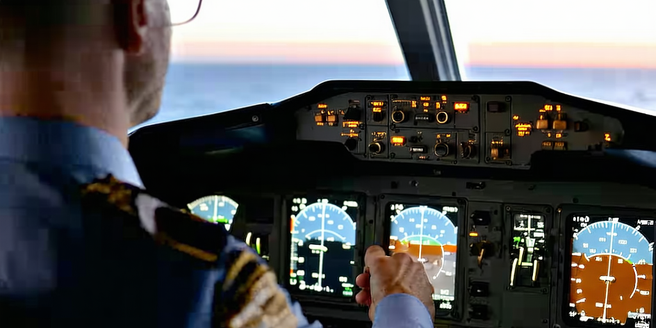
Understanding Atmospheric Pressure
Atmospheric pressure is the force exerted by the weight of air in the atmosphere. It is fundamental to various natural phenomena and critical in the context of aviation. At sea level, the pressure is typically 1013.25 hPa (hectopascals), which decreases with altitude. Understanding atmospheric pressure is crucial for pilots and engineers as it influences aircraft performance and flight planning. Variations in atmospheric pressure can affect an aircraft’s lift, engine performance, and instruments. Pilots rely on barometric pressure readings to determine their altitude, which is essential for safe navigation and maintaining the optimal flight path. Ensuring accurate pressure measurements is vital for flight safety and efficiency. Grasping the basics of atmospheric pressure helps in comprehending its implications on different phases of flight.
How Atmospheric Pressure Affects Lift
Lift is the aerodynamic force that holds an aircraft in the air and is directly influenced by atmospheric pressure. As an aircraft ascends, the pressure decreases, affecting the density of the air. With lower air density at higher altitudes, an aircraft’s wings generate less lift, requiring adjustments in speed and angle of attack to maintain altitude. Pilots must understand these dynamics to ensure that the aircraft can sustain sufficient lift throughout the flight. It is crucial for training programs to emphasize the importance of these adjustments. Additionally, in varying weather conditions, such as high or low-pressure systems, pilots must adapt their flight strategies accordingly. The relationship between atmospheric pressure and lift is a fundamental aspect of aerodynamics, critical to flight performance and safety.
Impact on Engine Performance
Atmospheric pressure plays a significant role in the performance of aircraft engines. Engines rely on the intake of air to produce thrust, and variations in pressure can affect their efficiency. At higher altitudes, lower atmospheric pressure results in reduced air density, which can lead to a decrease in engine performance. This is why aircraft designs are continually evolving to better handle changes in environmental conditions. To compensate, engines may consume more fuel to maintain thrust levels, impacting overall fuel efficiency. Understanding how atmospheric pressure impacts engine performance allows for better planning and management of fuel resources. Pilots and engineers use this knowledge to optimize engine settings for different atmospheric conditions, ensuring reliable performance and safety throughout the flight.
The Role of Pressure in Flight Safety
Atmospheric pressure is crucial to maintaining flight safety. It plays a significant role in determining how an aircraft performs under different conditions. Pilots undergo extensive training to understand and react to changes in atmospheric pressure. Variations in pressure influence numerous aspects of flight, including navigation, altimetry, and overall aircraft performance. Pilots rely on accurate pressure readings to determine altitude and maintain safe separation from other aircraft. Sudden pressure changes, as experienced during turbulence or weather fronts, can pose hazards and require quick response from pilots. Flight instruments must be routinely checked and calibrated to ensure proper operation. Understanding the role of pressure in flight safety helps pilots make informed decisions and enhances the reliability of flight operations, contributing to safer travel.
Technological Advances Mitigating Pressure Effects
Technological advancements have significantly reduced the impact of atmospheric pressure variations on aircraft operations. Modern avionics systems provide real-time pressure data, allowing pilots to adjust flight parameters dynamically. Innovations in engine design have improved efficiency, even in low-pressure environments, enhancing overall performance. Additionally, advanced materials and aerodynamic designs have been developed to optimize lift generation across different altitudes and pressure conditions. This progress is crucial in maintaining the reliability of aircraft systems under various atmospheric conditions. These technologies help in mitigating the challenges posed by atmospheric pressure, ensuring better fuel economy, performance, and safety. Continuous research and development in this field promise further improvements, making air travel more efficient and resilient to pressure variations.
